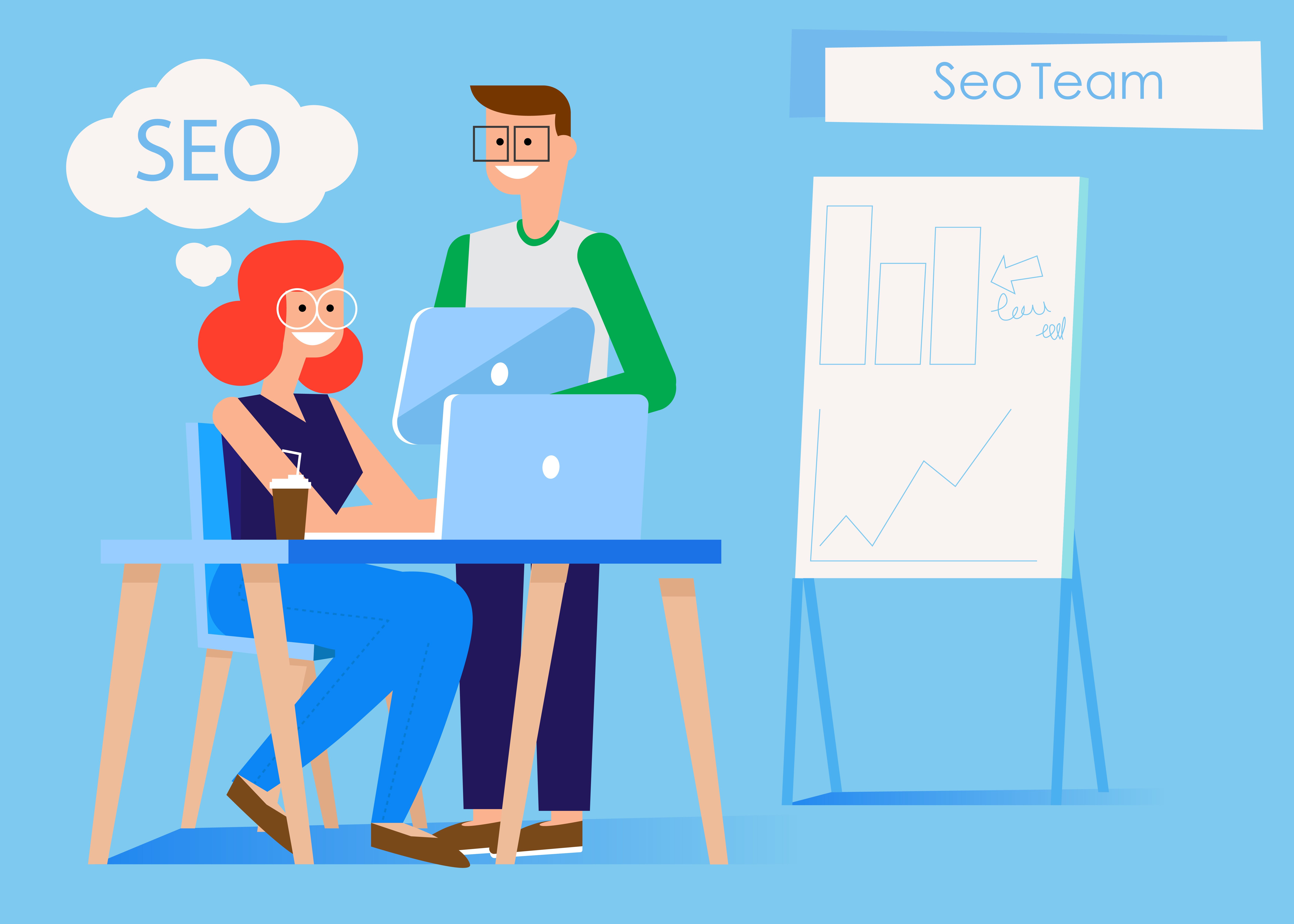I hope you enjoy reading this blog post.
If you want to get more traffic, Contact Us

Click Here - Free 30-Minute Strategy Session
Be quick! FREE spots are almost gone for this Month. Free Quote

On-page and off-page SEO represent two fundamental pillars of search engine optimisation, each addressing distinct aspects of improving website rankings. On-page SEO focuses on optimising elements within a website to enhance its visibility on search engines. These aspects include keyword-optimised content, meta titles, headings, internal linking, and site speed. It ensures search engines and users understand the website’s purpose and value.
Conversely, off-page SEO centres around external factors that build authority and credibility. Common strategies include backlink building, social media engagement, and influencer outreach. Together, these techniques create a balance between relevance and authority for improved search rankings.

Click Here – Free 30-Minute Strategy Session
Be quick! FREE spots are almost gone for this Month
On-page SEO refers to the optimisation of elements within a website to improve search engine rankings and user experience. This involves adjusting both visible and behind-the-scenes components of web pages. Key areas of focus include:
Effective on-page SEO establishes a foundation for better visibility.
On-page SEO encompasses various elements that directly influence a page’s search visibility. Title tags serve as the most critical component, offering both users and search engines a concise summary of a page’s content. Meta descriptions, while not a direct ranking factor, play a key role in improving click-through rates by providing a compelling snippet. Other essential elements include header tags, which structure content for readability, and image alt text, which enhances accessibility while aiding search engines in understanding visuals. Internal linking ensures smoother navigation, while URL optimisation helps maintain clarity and keyword relevance for better indexing.
Quality content plays a pivotal role in the success of on-page SEO by aligning with both user intent and search engine algorithms. Content must be well-crafted, relevant, and valuable to the target audience to enhance engagement and dwell time. Search engines prioritise pages that provide in-depth, authoritative information.
Key elements of quality content for on-page SEO include:
With these factors in place, quality content significantly improves rankings.
Technical on-page SEO focuses on optimising foundational website elements that impact search rankings. Prioritising site speed is essential, as faster loading times enhance user experience and reduce bounce rates. Tools like Google PageSpeed Insights help identify areas to improve, such as image compression or leveraging browser caching.
With mobile-first indexing, mobile-friendliness has become critical. A responsive design ensures seamless browsing across devices, while proper viewport settings and touch-friendly navigation improve accessibility.
Website security fosters trust and supports rankings. HTTPS is a key ranking factor; securing a site with an SSL certificate protects user data. Regular updates and threat monitoring further strengthen site safety.
Off-Page SEO centres on enhancing a website’s reputation and influence through external factors. It primarily relies on fostering trust, authority, and relevance by securing quality backlinks from respected domains. Search engines interpret these links as endorsements, signalling that the content is credible and valuable. Techniques like guest blogging, influencer outreach, and social media engagement play significant roles in link-building strategies.
Beyond backlinks, brand mentions without direct links boost recognition, while online reviews and ratings contribute to trustworthiness. Effective Off-Page SEO also includes leveraging local SEO tactics, such as optimising Google My Business profiles, to strengthen visibility across geographical searches.
Link building plays a critical role in off-page SEO by establishing a website’s authority and enhancing its search engine visibility. Search engines view backlinks as endorsements, making the quality of links highly significant. Effective strategies include:
Prioritising relevance and trustworthiness ensures better rankings through robust link profiles.
Social signals, such as likes, shares, comments, and mentions on platforms like Facebook, Twitter, and LinkedIn, play a significant role in shaping off-page SEO. Although not direct ranking factors, they influence search engine algorithms by indicating content popularity and user engagement.
Increased social activity can lead to:
Search engines interpret these signals as a trust indicator. A strong social media presence fosters organic growth, amplifies brand awareness, and indirectly supports higher search rankings through user-driven actions.
On-page and off-page SEO serve distinct roles but form a cohesive strategy when combined effectively. On-page SEO focuses on optimising elements within the website, such as keyword usage, meta descriptions, headers, and content quality. These actions directly improve user experience and enable search engines to understand the site better.
Off-page SEO, in contrast, builds authority and credibility through external factors like backlinks, social signals, and brand mentions. High-quality backlinks complement strong on-page content by signalling trustworthiness. Together, they address both relevance and authority, crucial ranking factors. A well-balanced SEO strategy leverages both approaches for maximum visibility and impact.
Achieving high search rankings requires seamlessly blending on-page and off-page SEO strategies. On-page practices, such as optimising meta tags, creating quality content, and improving site speed, enhance website structure and user appeal. Off-page tactics, including link-building, social signals, and brand mentions, build credibility and amplify reach outside the website.
Both approaches are interconnected. For instance, high-quality on-page content attracts backlinks, while strong off-page authority can boost visibility for optimised pages. Neglecting either element can weaken overall SEO performance. Effective integration ensures sustained growth, leveraging each tactic to maximise search engine relevance and audience engagement.
Several businesses have implemented targeted on-page and off-page SEO strategies with remarkable results.
These examples underscore the effectiveness of combining both approaches, tailored to specific business goals.
When managing SEO efforts, it is vital to identify and avoid common mistakes that can sabotage rankings and hinder online visibility.
Avoiding these pitfalls is critical for sustainable SEO success.
The evolution of SEO is increasingly influenced by advancements in technology and changes in user behaviour. Search engines are shifting towards prioritising user intent and experience. Key trends shaping the future include:
These dynamics call for businesses to adopt agile SEO practices that align with evolving algorithms and user expectations.
When it comes to crafting an effective SEO strategy, a balanced approach is essential to maximise results. On-page SEO forms the foundation by addressing elements like keyword optimisation, meta tags, and high-quality content. These factors directly impact user experience and crawlability, which search engines prioritise.
Off-page SEO, on the other hand, amplifies reach through backlinks, social signals, and brand mentions, signifying authority and relevance. Choosing the right mix depends on specific business objectives, industry competition, and resource availability.
By continuously analysing performance data, adapting tactics, and keeping up with algorithm updates, businesses can optimise their SEO efforts dynamically.

LEAVE A REPLY